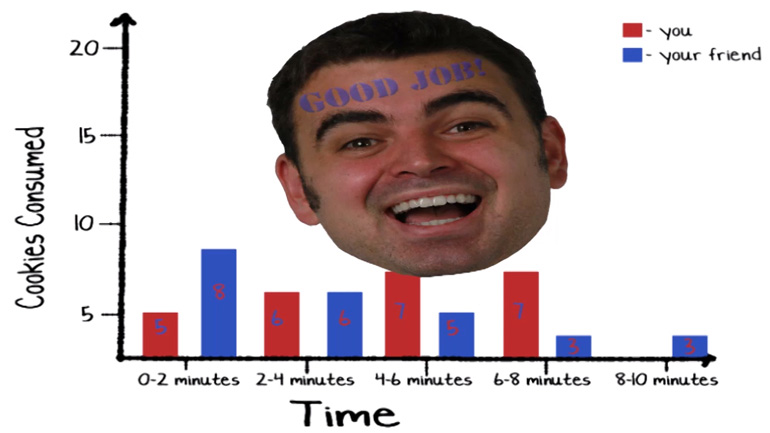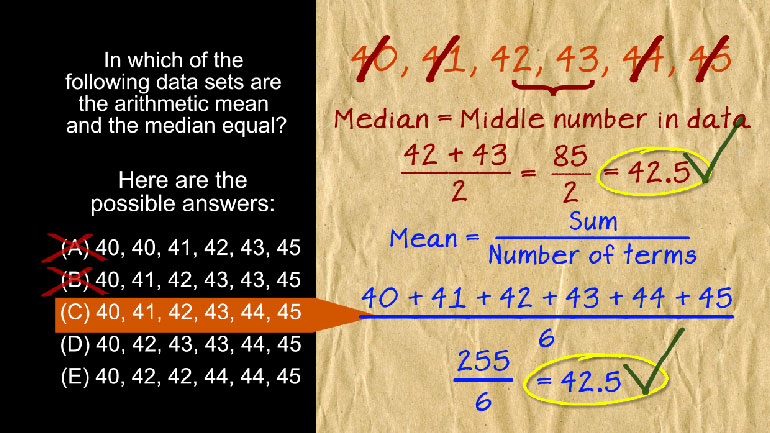ShmoopTube
Where Monty Python meets your 10th grade teacher.
Search Thousands of Shmoop Videos
Summarize, represent, and interpret data on a single variable Videos
Play All
CAHSEE Math 1.4 Statistics, Data, and Probability I
221 Views
Statistics, Data, and Probability I: Drill Set 1, Problem 4. How old was the final person to join?
Data Interpretation
1233 Views
Data doesn't do us much good if we can't interpret it. Ever snuck into a CPA's office while he slips out for a coffee break and tried to decipher o...
SAT Math 1.1 Statistics and Probability
304 Views
SAT Math 1.1 Statistics and Probability. In which of the following data sets are the arithmetic mean and the median equal?
CAHSEE Math 1.5 Statistics, Data, and Probability I
246 Views
Statistics, Data, and Probability I: Drill Set 1, Problem 5. Which should be used to represent her time?




